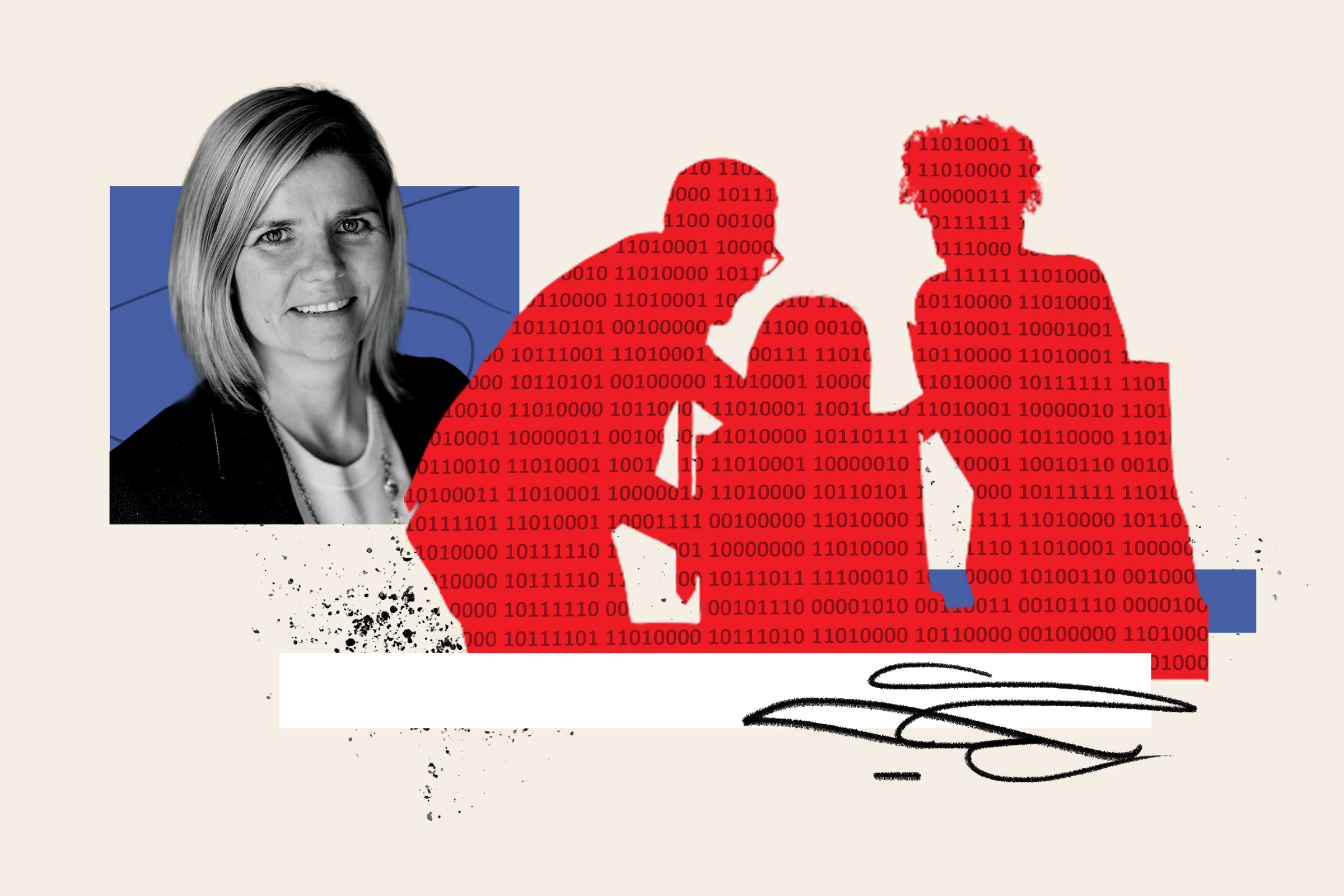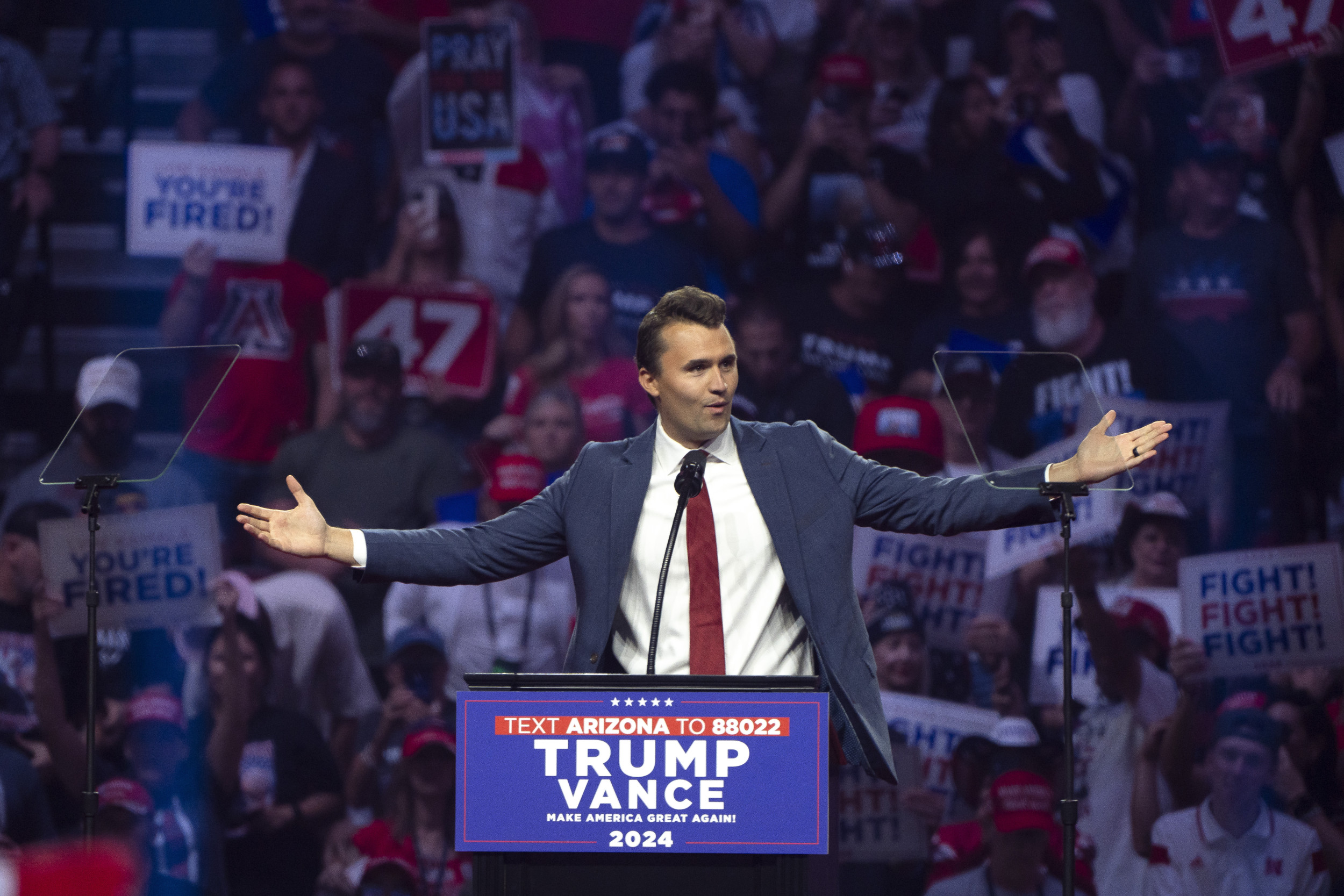
For many companies, the race to harness artificial intelligence (AI) has begun in earnest. Executives are pouring resources into new platforms, integrating tools across departments and betting that smarter systems will sharpen their competitive edge. But as organizations sprint ahead, a sobering question has emerged: can their people keep pace?
According to Skillsoft’s new 2025 Global Skills Intelligence Survey, most leaders doubt it.
Only 10 percent of human resource (HR) and learning professionals say their employees have the skills needed to meet business goals in the next one to two years. Leadership, AI proficiency and core technical expertise top the list of shortages, creating a growing mismatch between ambition and ability.
“Business transformation depends on the strength, adaptability and skills of the workforce,” said Ciara Harrington, chief people officer at Skillsoft. “Skills gaps are already impeding growth, and traditional approaches to talent development are only worsening the issue.”
Racing Toward AI Without a Ready Workforce
Skill gaps aren’t new, but the scale and speed at which they’re now shaping business outcomes is. Nearly a third of survey respondents said the lack of skills is restricting their ability to expand into new markets, a clear sign that capability is no longer a background issue but a frontline growth constraint.
Yet even as companies acknowledge the urgency, many admit their talent strategies lag behind. Most have development programs in place, but only a small fraction describe those strategies as effective. Just one in five say their learning strategies are aligned with business goals, leaving organizations in a dangerous position: charging ahead with AI adoption while lacking the workforce to deliver.
“Leaders are making bold bets on AI, but if their workforce isn’t prepared, they can’t possibly get the return they need,” Harrington told Newsweek. “Overinvesting in technology while underprioritizing talent development is a recipe for failure.”
The challenge is not confined to Skillsoft’s respondents. A McKinsey study found that while almost all executives say they’re familiar with generative AI, many underestimate how deeply it has already seeped into daily work.
Employees are three times more likely to report using AI for at least 30 percent of their tasks than leaders believe. That disconnect echoes Skillsoft’s findings: visibility into workforce capability is often missing, and with it, the ability to plan effectively.
The Confidence Trap
The Skillsoft survey also highlights how easy it is to mistake confidence for competence. More than nine in ten HR leaders said that employees overstate their abilities, especially in leadership, technical skills and AI. The result is a workforce that appears better prepared than it really is, leaving organizations vulnerable to stalled projects, widening gaps and mounting stress on managers.
“Skill overstatement creates a distorted view of workforce capability, leading leaders to believe their business is more prepared than it actually is,” Harrington explained. “As our research shows, the result is stalled transformation, worsened skill gaps, and added stress on team members. This is why skills intelligence is so critical.”
Skills intelligence, in this context, means continuous, objective measurement, not assuming that training hours translate into mastery. Yet only a small share of companies say they assess skills regularly. Most are effectively guessing.
Employees themselves are not blind to the shortfall. A recent edX survey found that nearly half of workers see AI as a threat to jobs, and more than 60 percent are considering upskilling or reskilling. Yet only about four percent are currently pursuing AI-related training.
The gulf between awareness and action underscores the same message Skillsoft’s research delivers: readiness remains more aspiration than reality.
Barriers on the Road to Transformation
Even when companies invest in learning, cultural and operational barriers can slow progress.
Resistance to change remains the single biggest obstacle to AI adoption, cited by more than four in ten HR leaders. Burnout is another factor, with a third of respondents saying exhausted employees are less willing to adapt. Others admit their organizations are so focused on immediate needs that they neglect to plan for long-term skills development.
“Balancing current operational requirements with long-term planning is critical,” Harrington said. “While it’s essential to meet immediate needs, leaders must constantly be thinking about the future to remain competitive. By making upskilling a natural part of business operations, organizations can ensure teams are productive now and well into the future.”
What a Ready Workforce Looks Like
The future of readiness is less about offering more training and more about making it matter. Employees want learning experiences that feel personal, timely and relevant. Skillsoft’s research shows demand for adaptive training that adjusts to an individual’s level, feedback that arrives in real time and interactive scenarios that let people practice in safe but realistic environments.
This kind of development is also central to retention. Earlier Skillsoft research found that more than a third of technology professionals left jobs due to a lack of growth opportunities, second only to higher pay as a driver of attrition.
Harrington argues the link is clear: “Upskilling and talent retention go hand in hand. Building a culture of learning cannot be viewed as a ‘nice-to-have.’ It’s essential for both business success and employee fulfillment.”
The Human + AI Era
As AI systems spread into mission-critical operations, the value of human judgment grows alongside technical ability. Critical thinking, systems thinking and ethical reasoning are no longer soft skills in the background but hard requirements for success in what Harrington calls the “Human + AI” era.
“Critical thinking ensures that human users remain in control, guiding AI use responsibly and ethically,” Harrington said. “Rather than accepting results at face value, critical thinkers can assess whether an AI’s response makes sense in context, spot inaccuracies, and determine when human oversight or further validation is needed.”
Harrington describes the shift as the rise of a “skillforce,” where companies are defined not by static job titles but by dynamic, evolving capabilities. “Building a skillforce isn’t optional,” she said. “It’s the new foundation for how companies grow. Organizations that make skill building their competitive edge are creating the future.”
Why Readiness Matters Now
The findings point to a clear conclusion: skills are now the limiting factor for growth. When employees lack the right capabilities, projects stall, opportunities vanish and even the most talented staff walk away. For organizations investing heavily in AI, the consequences are immediate.
Readiness requires more than lip service. Companies will need to define which skills matter most, measure them rigorously and develop them continuously. They must deliver learning that is adaptive and personal, integrated with both career aspirations and business needs. And they must ensure that human judgment remains part of the equation, developing leadership, ethics and critical thinking alongside technical expertise.
“Training can’t be a side project,” Harrington told Newsweek. “In the Human + AI era, it has to be at the center of business strategy.”
AI is already here. But most organizations don’t yet have the skills, systems or strategies to unlock its potential. That gap is one of the biggest risks to growth.
The solution lies in building a workforce prepared not only to use AI, but also to work alongside it. Companies that invest now will lead in the AI-native economy. Those that hesitate will fall behind.
As Harrington put it, “The window for action is now.”



